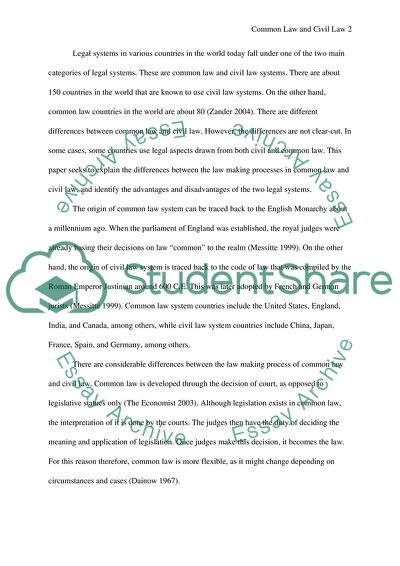Cite this document
(How the Process of Law Making Differs between Common Law and Civil Law Coursework, n.d.)
How the Process of Law Making Differs between Common Law and Civil Law Coursework. https://studentshare.org/law/1818826-explain-how-the-process-of-law-making-differs-between-common-law-and-civil-law-systems-and-discuss-the-advantages-and-disadvantages-of-each
How the Process of Law Making Differs between Common Law and Civil Law Coursework. https://studentshare.org/law/1818826-explain-how-the-process-of-law-making-differs-between-common-law-and-civil-law-systems-and-discuss-the-advantages-and-disadvantages-of-each
(How the Process of Law Making Differs Between Common Law and Civil Law Coursework)
How the Process of Law Making Differs Between Common Law and Civil Law Coursework. https://studentshare.org/law/1818826-explain-how-the-process-of-law-making-differs-between-common-law-and-civil-law-systems-and-discuss-the-advantages-and-disadvantages-of-each.
How the Process of Law Making Differs Between Common Law and Civil Law Coursework. https://studentshare.org/law/1818826-explain-how-the-process-of-law-making-differs-between-common-law-and-civil-law-systems-and-discuss-the-advantages-and-disadvantages-of-each.
“How the Process of Law Making Differs Between Common Law and Civil Law Coursework”. https://studentshare.org/law/1818826-explain-how-the-process-of-law-making-differs-between-common-law-and-civil-law-systems-and-discuss-the-advantages-and-disadvantages-of-each.


